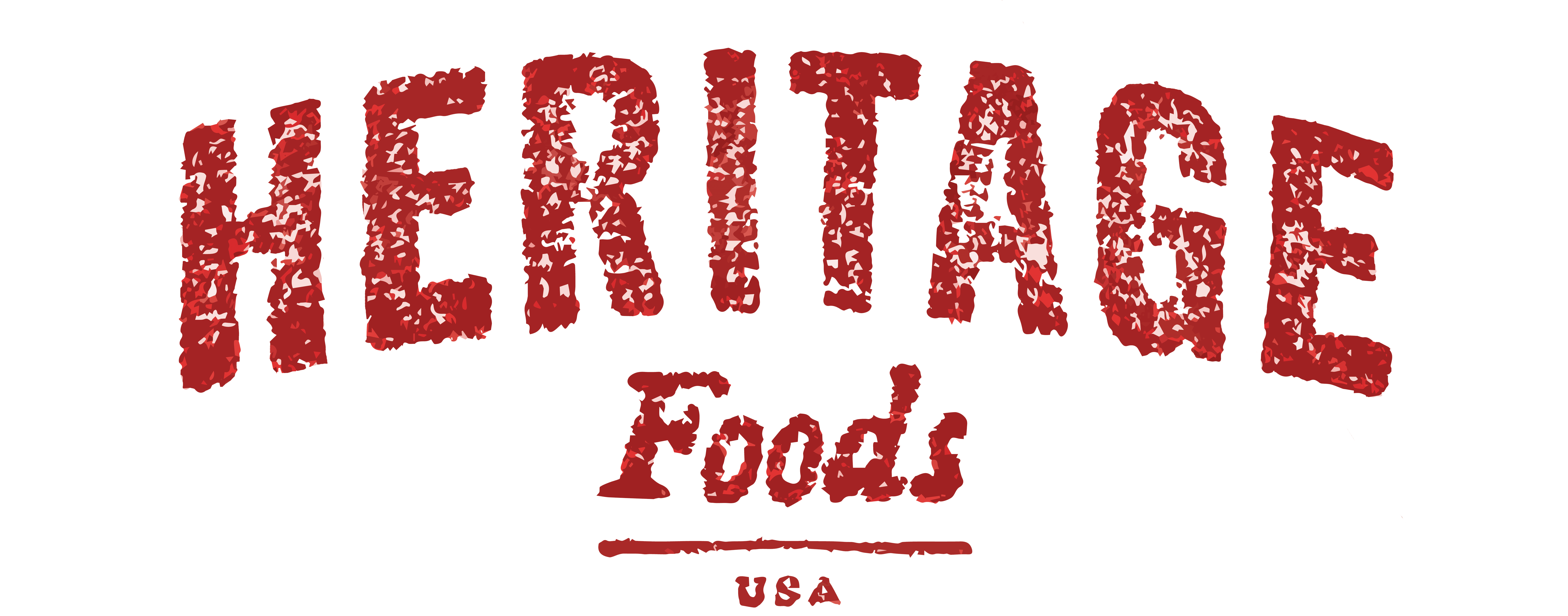
It’s the Meat…
By Patrick Martins
Want a hot recipe? Here’s one: choose a lovely, well-sourced piece of meat — from a merchant that you trust, sourced from a farm that you know, and a breed you have come to love, and add fire. Et voila! There’s your recipe. Just remember, the fire is the constant, the meat is the variable. And don’t forget where it came from, so you can do it again.
Cooking is easy. “Mother nature + the skill of a responsible farmer” = the only recipe you should ever fuss over. Rather than filling your shelves with epic recipe books, how about breed charts that describe the gastronomic wonders of every livestock variety? “32 ounce flank steak” as the prime mover in a recipe is not enough information for the enlightened Carnivore. Where does that beef come from —farm and breed, please. And was it from a happy cow who led a decent cow life grazing and doing happy cow things? Or was it a prisoner of American industry?
Cattle are a lot more nuanced than you might believe. Dig this: Piedmontese and the Belgian Blue are the only two breeds of cow that have the “double-muscle” gene, which make them extraordinarily tender. And these cows are loaded with myostatin, a protein that inhibits muscle differentiation and growth. As a result, you get a supremely tender, and delicious cut of beef. Contrast that with the Angus — which has more tooth and is especially good for dry-aging. The Simmental, a Swiss cow originally bred to stand up to thin air in the Alps, requires a serious knife and some sharp incisors when it comes time to eating. But its grain packs a lot of distinct flavor.
With pigs, the Gloucestershire Old Spot is so sweet and creamy, tucking into one of its chops is like having a glass of buttermilk. And our old friend the Red Wattle is what I would call super pork – its taste is super swiney and powerful! The Tamworth pig is something else entirely — it’s a lean breed that doesn’t deliver the sweet smack of the fat, but you get a more refined taste that practically screams for a dollop of applesauce. But that’s it, a dollop, because the breed is where the excitement comes from, not the mélange of shmancy flavors you paint it with. Asphyxiating meat with spices and waterboarding it with sauce is just this side of animal cruelty. At best all you are doing is covering up for mediocre meat, which you shouldn’t be buying or eating in the first place.
The katahdin lamb is a hair sheep, rather than a wool sheep, and so it’s low in lanolin and has a very mild taste. Other breeds, like Black Welsh Mountain, have a powerful lamb taste. Different occasions cry for different breeds — and the same goes for turkeys, ducks, chickens, geese, you name it. (See footnote page TK).
Carnivores should know their favorite beasts as well as New Yorkers know the subway map — if New York were a cow, perhaps Fifth Avenue would be the strip steak and Times Square the brisket, and wouldn’t it would be a tragedy not to understand what each has to offer. As Walt Whitman once said, “I have traveled greatly in Manhattan.” San Francisco would of course be different kind of cow with varied flavors and textures, some earthier, some more flamboyant.
Being intimate with the supply chain is where it’s at, which the Carnivore’s Manifesto is an ingredient-based philosophy. Be a friend and fan of the beast. Food is very personal, and knowledge is power. And when it comes right down to it, it’s the meat, not the motion.
